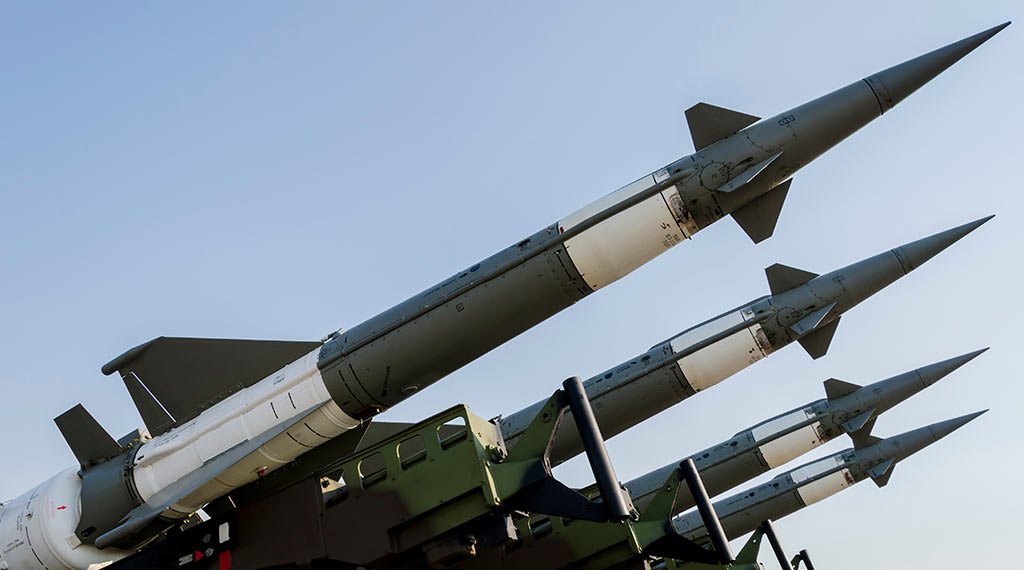
Russia’s Defense Minister Sergei Shoigu called his counterparts in the US, UK, France and Turkey on Sunday to warn that Ukraine could be preparing to use a “dirty bomb.” Is Shoigu also warning that the Russian army might be pushed into using nuclear weapons?
A dirty bomb is commonly understood as a conventional explosive packed with radioactive materials. The purpose of such a weapon is to contaminate an area making it uninhabitable.
US Defense Secretary Lloyd Austin reportedly told his Russian counterpart that Ukraine was not preparing a dirty bomb and warned that Russia could be making the unsubstantiated claim to try and justify its own use of nuclear weapons in Ukraine.
Meanwhile, the Russian press has published a recent stream of articles featuring similar warnings, replete with claims that Russia has plenty of intelligence on Ukraine’s intentions and its assessments show Ukraine is capable of producing radiological weapons.
An immediate observation of Moscow’s latest political tactic is that the Russians are increasingly desperate on the battlefield. Ukrainian forces are pressing in on Kherson, a city Russia is now evacuating that is not far from Odesa.
By any measure, the loss of Kherson would be a major blow to the Putin government. Russia’s general in overall charge of Ukraine operations, Sergey Surovikin, has already warned that painful decisions will need to be made.
While his statement was initially interpreted to mean that Russia might have to pull back its forces, Surovikin could also have been preparing the ground for using tactical nuclear weapons.
For weeks now there have been warnings in the West – particularly coming from the US and echoed by NATO headquarters in Brussels – that Russia might opt to use tactical nuclear weapons in Ukraine.
These warnings do not appear to have been based on any solid intelligence on preparations for a Russian nuclear attack, but it is also the case that many Russian missiles are dual-capable, as are some of its aircraft, so they can carry out a nuclear strike on short notice.
In November 1995, Chechen rebels contacted a Russian TV station and boasted that they were preparing radiological weapons. A single bomb was found buried in Moscow’s Ismailovsky park. The bomb was made of dynamite and highly radioactive Cesium-137.
The origin of the radioactive material was never identified, and some believe that the bomb that was discovered was a provocation against the Chechens ginned up by Russia’s intelligence organs.
Other attempts at radiological bombs were launched by Islamic terrorists including one in the United States in 2002 when an al-Qaeda operative, Jose Padilla, was arrested for plotting to build and detonate a radiological weapon. However, Padilla was sent to trial on other terror-related charges and prosecutors never raised the radiological weapon’s threat in court.
At the time of Ukrainian independence, Kiev held about one-third of the former Soviet Union’s nuclear arsenal. It included “130 UR-100N intercontinental ballistic missiles (ICBM) with six warheads each, 46 RT-23 Molodets ICBMs with ten warheads apiece, as well as 33 heavy bombers, totaling approximately 1,700 warheads.”
- Trump and Ukraine: what Russia wants, what Trump could do - November 8, 2024
- North Korean troops in Kursk could backfire on Moscow, Pyongyang - November 1, 2024
- Secure enclaves: bad CHIPS Act idea wasting billions - August 12, 2024
